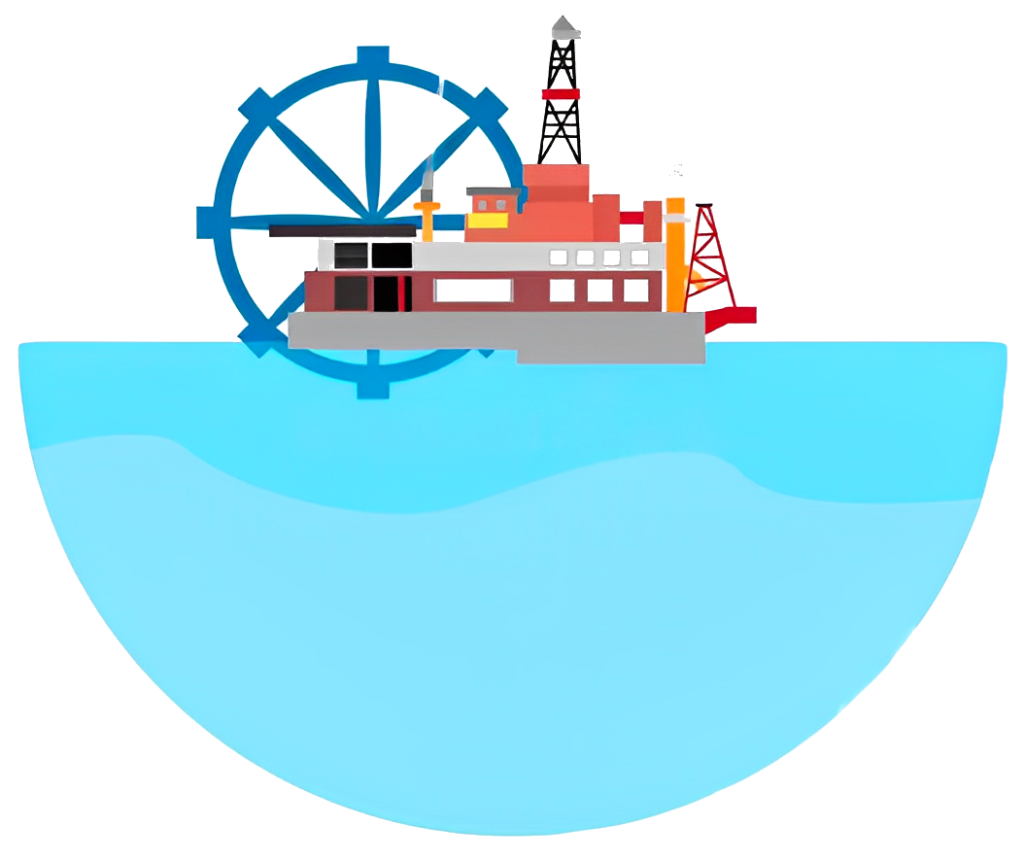Wave Farm Design

Introduction to Wave Farm Design
Wave farm design involves the planning and implementation of wave energy converter (WEC) arrays to harness the energy from ocean waves. These arrays consist of multiple devices strategically positioned in the ocean to capture the energy from the waves. The design process considers factors such as device selection, array layout, and grid connection to maximize energy generation and efficiency.
Question 1: What is Wave Farm Design?
a) Designing farms for wave agriculture
b) Planning and implementing WEC arrays for wave energy capture
c) Designing offshore wind farms
Answer: b) Planning and implementing WEC arrays for wave energy capture
Selection of Wave Energy Converters
Wave farm design involves selecting the most suitable wave energy converters (WECs) for the specific wave conditions and project goals. Different types of WECs, such as point absorbers, attenuators, and oscillating water columns, have unique characteristics that need to be considered during the selection process.
Question 2: What factors are considered during the selection of Wave Energy Converters?
a) Cost-effectiveness and environmental impact
b) Device dimensions and weight
c) Availability of construction materials
Answer: a) Cost-effectiveness and environmental impact
Array Layout and Spacing
The arrangement and spacing of WECs in a wave farm are crucial for maximizing energy capture and minimizing device interactions. Factors such as wave characteristics, device dimensions, and seabed conditions influence the optimal array layout and spacing between the devices.
Question 3: What factors influence the array layout and spacing in a Wave Farm Design?
a) Device colors and aesthetics
b) Wave characteristics and device dimensions
c) Availability of construction materials
Answer: b) Wave characteristics and device dimensions
Infrastructure and Grid Connection
Wave farm design includes the planning and installation of necessary infrastructure for device deployment and grid connection. This involves the design of moorings, subsea cables, and power conditioning equipment to ensure the efficient transfer of wave energy to the electrical grid.
Question 4: What infrastructure is necessary for a Wave Farm Design?
a) Agricultural facilities and storage tanks
b) Mooring systems and subsea cables
c) Wind turbines and solar panels
Answer: b) Mooring systems and subsea cables
Environmental Considerations
Wave farm design incorporates environmental considerations to minimize ecological impacts and ensure the sustainable development of wave energy. This includes assessments of marine habitats, marine life migration patterns, and potential effects on coastal ecosystems.
Question 5: Why are environmental considerations important in Wave Farm Design?
a) To maximize energy generation
b) To minimize ecological impacts
c) To enhance wave characteristics
Answer: b) To minimize ecological impacts
Case Studies
Well Done !